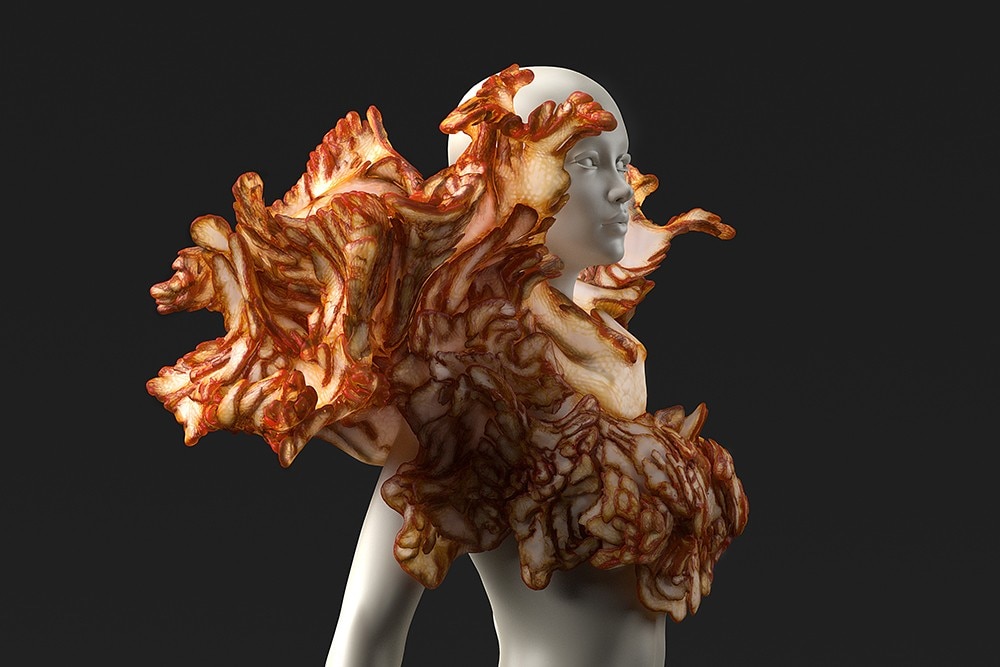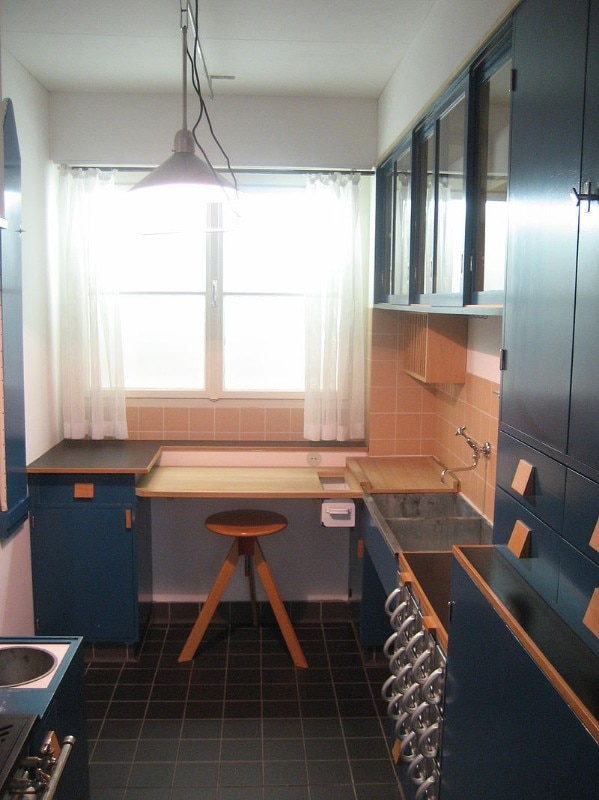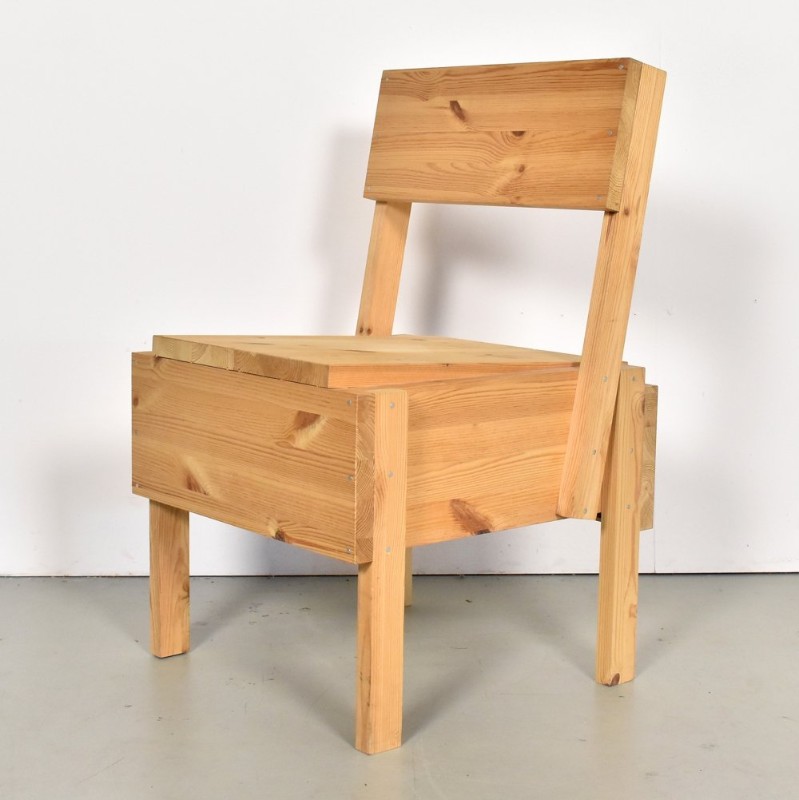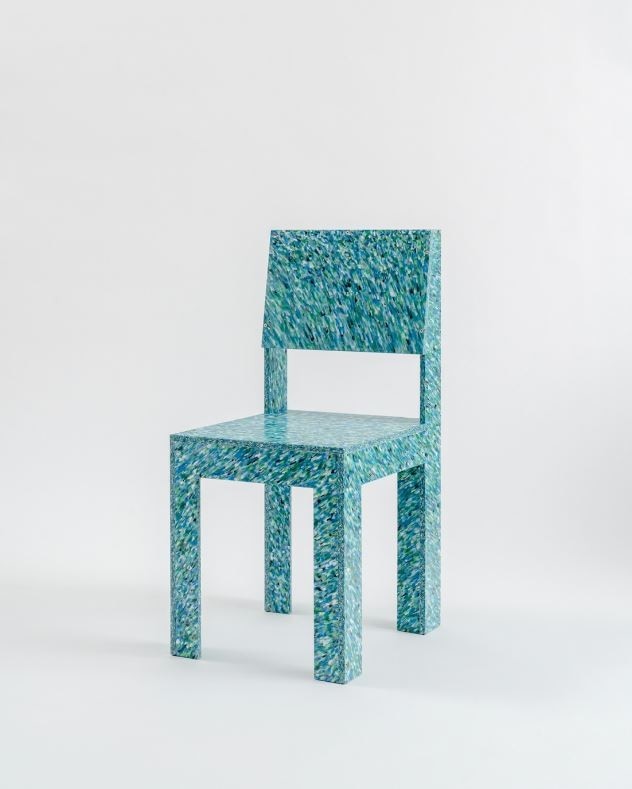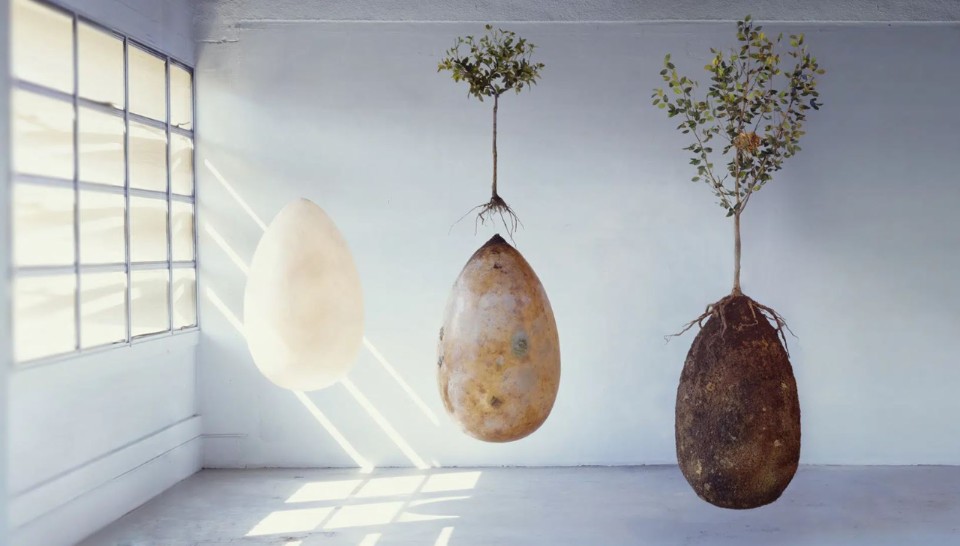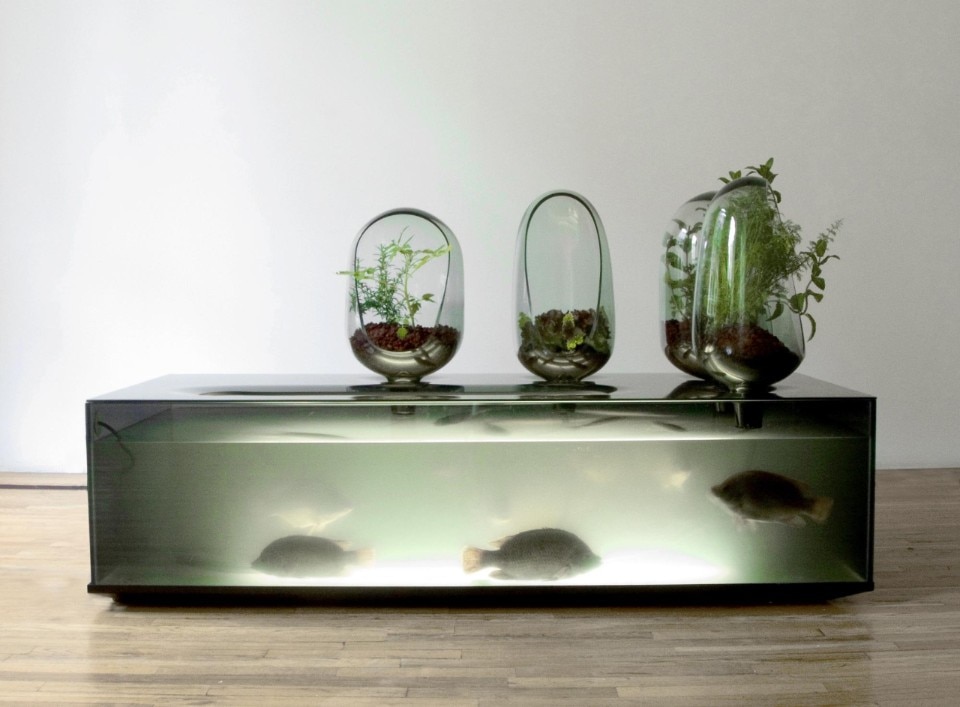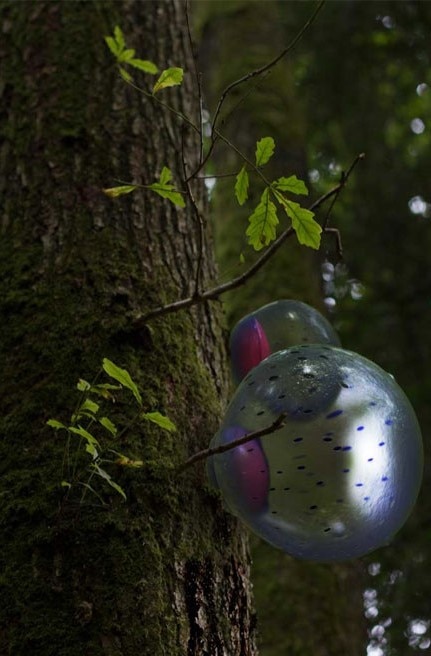As everyone talks more and more about it, sustainability is establishing itself as a new paradigm in a world increasingly disrupted by the catastrophic consequences of three centuries of industrial development. As a perpetual demiurge, design has taken possession of this word, making it the protagonist, or rather the objective, of many projects. Yet, trapping its definition seems to be a somewhat elusive exercise – as is tracing its origin: isn’t pre-industrial craftsmanship, considered by many a practice of proto-design, still a virtuous and sustainable production model, made to measure for humans as well as for the biological rhythms surrounding them?
Yet, in a world where resources are increasingly scarce, and ecological imbalances are becoming more threatening every year, sustainability takes the form of increasingly structured and highly promising approaches to repair the imbalances around us. Circularity is certainly one of them. Fighting against an extractive model, the extension of a product’s life cycle impersonated by the circular economy becomes an opportunity to rethink the economy and the way entire production cycles are structured. Then, symbiosis and multi-speciesism offer an interesting prospect of cohabitation in an Anthropocene that must be rethought. Synthetic design looks even further: if biotechnology makes it possible to design new living species, design can exploit them to repair environmental damages, collaborating with nature to create less harmful approaches to development.
Finally, there is one last aspect on which today sustainability largely focuses – the social one. As the interface between humans and their environment, design knows better than any other that a project, however inventive, never works in an aseptic environment or a sterile room, but must involve and include the attitudes, needs, and desires of those who use it. Leaving out the social aspect and its practices of adoption by individuals and communities and sharing would therefore be bad. This is a lesson that even the great masters of design had made their own, and which will be increasingly useful to us if we want to give the next generations of objects and the world around them a more balanced and, why not, happy existence.


